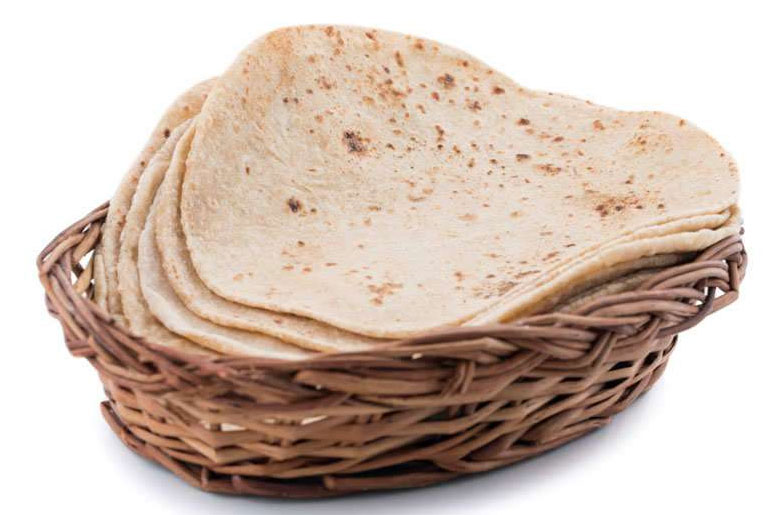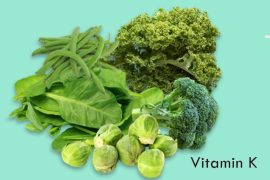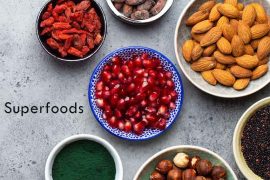Baasi roti, or leftover flatbread, can be a surprisingly nutritious breakfast option. When consumed with yogurt, vegetables, or a side of legumes, it provides a good mix of carbohydrates, protein, and fiber. The fermentation process that occurs when roti is left out can enhance its digestibility and nutritional value. Combining baasi roti with nutrient-dense accompaniments like fresh vegetables or a protein source can make for a balanced meal, offering sustained energy and aiding in digestion. This humble breakfast is both economical and rich in essential nutrients, making it a wholesome choice.
Baasi roti, which refers to leftover or aged roti, is often considered a nutritious breakfast option in various cultures for several reasons:
Nutritional Benefits of Baasi Roti
Enhanced Digestibility:
- Fermentation: When roti is left for a while, it undergoes a mild fermentation process. This can increase the availability of certain nutrients and enhance its digestibility. The fermentation process breaks down complex carbohydrates and proteins, making them easier for the body to absorb.
- Probiotics: Fermented foods can introduce beneficial bacteria into the gut, supporting digestive health and potentially improving gut flora balance.
Increased Fiber Content:
- Fiber: Over time, the fiber content in roti can become more pronounced as the starches break down. Fiber is crucial for maintaining digestive health, regulating blood sugar levels, and promoting satiety, which helps in weight management.
Lower Glycemic Index:
- Glycemic Response: As roti ages, its glycemic index may decrease. This means it might have a slower impact on blood sugar levels compared to freshly made roti, which can be beneficial for individuals managing diabetes or looking to stabilize blood sugar levels.
Nutrient Preservation:
- Nutrient Density: Baasi roti retains many of the nutrients from the original preparation, including minerals like iron and magnesium, and B vitamins. These nutrients support overall health, energy levels, and metabolic functions.
Cost-Effectiveness and Sustainability:
- Reduced Waste: Utilizing leftover roti reduces food waste, making it a more sustainable and cost-effective option. It aligns with principles of minimizing waste and making the most of available resources.
How to Make Baasi Roti More Nutritious
To maximize the benefits of baasi roti as a breakfast option:
- Combine with Nutrient-Rich Foods: Pair baasi roti with nutrient-dense foods like vegetables, yogurt, or a portion of fruit to enhance its overall nutritional profile.
- Add Spices: Incorporate spices like turmeric, cumin, or coriander, which can provide additional health benefits such as anti-inflammatory properties and improved digestion.
- Reheat Properly: Reheat baasi roti in a healthy manner to avoid any potential loss of nutrients and to ensure it remains safe to eat.
Conclusion
Baasi roti offers several nutritional advantages due to its fermentation process, increased fiber content, and potential lower glycemic index. It can be a valuable part of a balanced diet, especially when combined with other healthy foods and prepared thoughtfully.
Disclaimer:
The information contained in this article is for educational and informational purposes only and is not intended as a health advice. We would ask you to consult a qualified professional or medical expert to gain additional knowledge before you choose to consume any product or perform any exercise.








